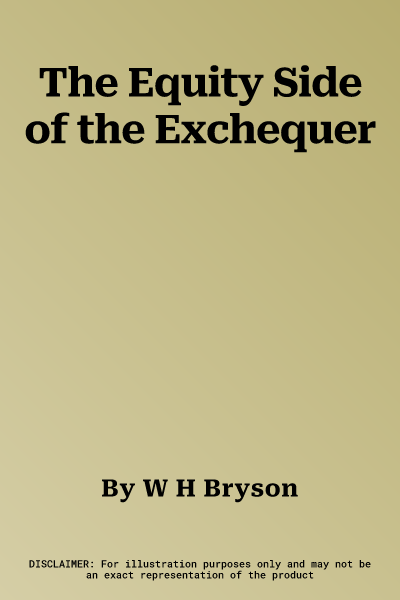W H Bryson
(Author)The Equity Side of the ExchequerHardcover, 28 November 1975

Temporarily out of stock
Free Delivery
Cash on Delivery
15 Days
Free Returns
Secure Checkout

Part of Series
Cambridge Studies in English Legal History
Part of Series
Monographs of the Physiological Society
Print Length
232 pages
Language
English
Publisher
Cambridge University Press
Date Published
28 Nov 1975
ISBN-10
0521204062
ISBN-13
9780521204064
Description
Product Details
Author:
Book Format:
Hardcover
Date Published:
28 November 1975
ISBN-10:
0521204062
ISBN-13:
9780521204064
Language:
English
Location:
Cambridge
Pages:
232
Publisher: